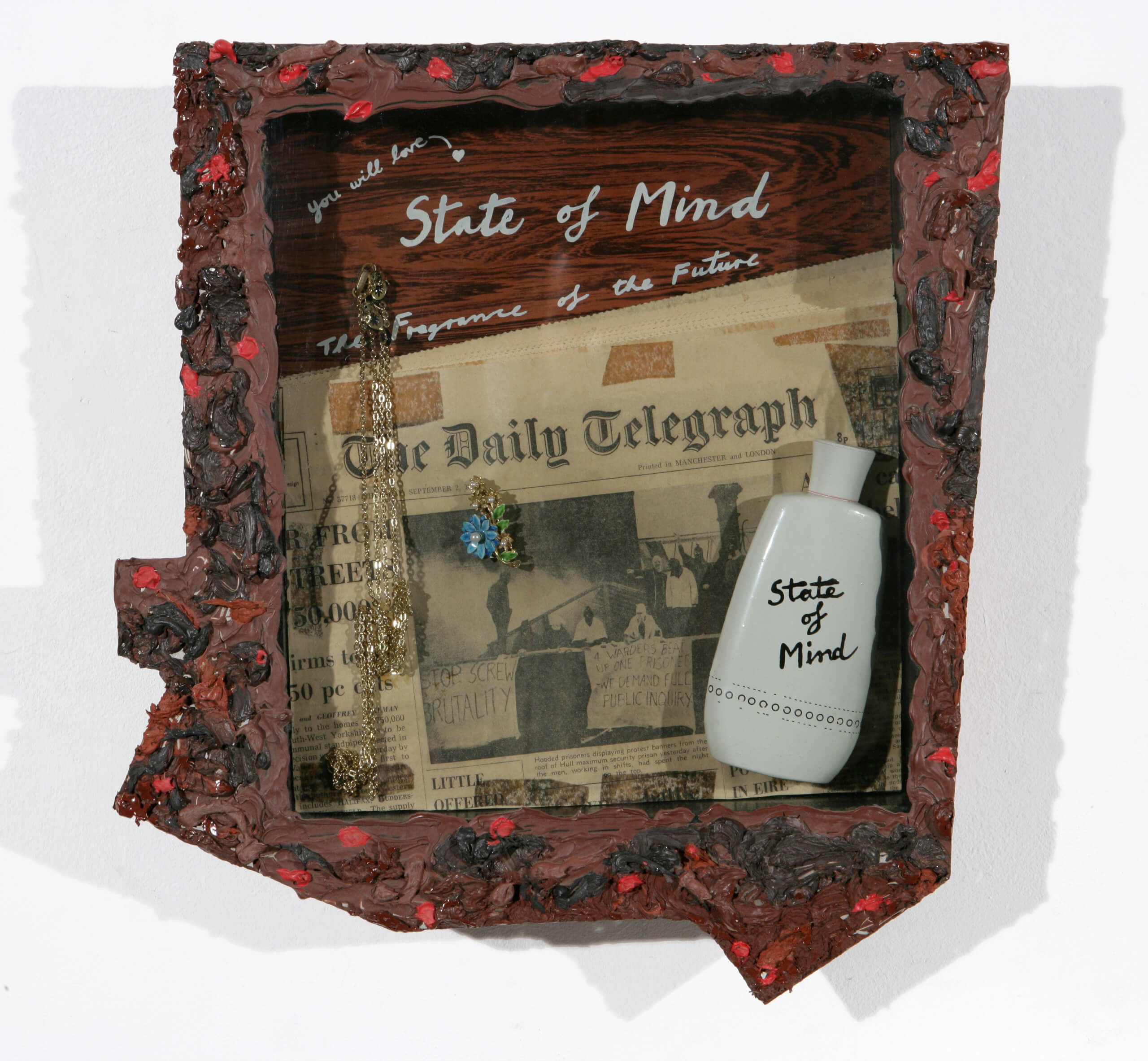About Time You Met: Derek BoshierBy Suzi Malin
Derek Boshier was born in Plymouth and attended the Yeovil School of Art in Somerset from 1953, followed by the Royal College of Art. He achieved fame in the 1960s as one of the generation of pioneering British pop painters. He lives and works in Los Angeles from where he mounts exhibitions across the globe. He is currently showing early drawings and collages and film at the Flowers Gallery in Cork street.

Lanky, lively and full of joie de vivre, Derek joins me for interview before his private view in the Cork Street gallery:
So, Derek – what do you want out of life?
I want to live. I had cancer 9 years ago and I survived. I consider myself very fortunate to live the life I do.
Do you have a different grasp on your life as a result of your illness?
No. I have always felt that life is a gift to be celebrated.
I think the humorous observation in your paintings has always reflected that. What was the happiest moment in your life?
When I had been in England and I returned to Texas, my daughters were waiting for me at the airport and ran towards me with arms outstretched calling out “Daddy”. In fact it makes me tearful now.
What is the most important advice to can give any student?
Stick in there. Don’t give up. Use the medium that best suits the idea. Degas said, and it applies to any medium, “An artist doesn’t paint what he sees, he paints what he wants other people to see”. There is piece of advice that I heard later in life but wish I had learnt as a student.
Who are your favourite artists?
I actually did a piece for The Guardian once called ‘the artist’s eye’ and had to select my favourites. I chose Bruegels’ The Hunter’. I also love Titian and Picasso. One should not be satisfied with just going to an exhibition but must always learn. Learn and analyse why you like or hate the work. That is something I always tell my students.
What was your training?
My training was very academic – I went to the Royal College.
Can you tell me something about your art teaching?
It was very academic, in fact rigorous. We weren’t allowed to paint till we knew every bone in the body. We drew and drew and really knew our anatomy. In fact, we had an exam on all the bones in the body, even the tiny bones in the fingers and toes. You had to pass that exam before you could progress to the next stage.
Wow. Your paintings have always had the deceptive look of effortlessness but maybe that is because your training was so academic? Would you recommend that way of teaching the human body now?
I think students can learn about the human form from movies, porn and the internet. It isn’t necessary to confine the artist to the still life room and a live model .
What is the inspiration or starting point of your paintings?
Popular culture. I have always been attracted to the iconography of consumersism and American mass media. I particularly appreciate getting it out to a non art audience which is why I enjoyed working with David Bowie and The Clash. I want to make art with context that is accessible to non specialists.
What did you do with Bowie?
I did the stage sets for Bowie’s concert tour in 1983. I also did the 1979 album cover for Bowie.
Is the huge drawing presently in the window of the Flowers Gallery a drawing of the Lodger?
Yes, the free falling male figure – a comment on man’s identity has been one of my favourite and recurring images since the Royal College.
Can you tell me about the work in this show?
It’s about duality. One piece doesn’t work without the other because they reference each other. For instance in the exhibition one image shows the letter Van Gogh wrote to his brother, Theo describing a scene as totally grey but Van Gogh painted it – it was full of life and colour. That’s duality.
Strange that there was a disparity between the written word and the painted image. That endorses the Degas quote you mentioned of the artist painting what people want to see.
Duality is everywhere. One piece in the exhibition shows soldiers in Vietnam but also an advert for deodorant for the same soldiers. Can you imagine the irony of being sweet smelling as you go to blow someone’ s head off or get killed yourself?
What’s one wish, if you could have it?
The ability to carry on working in exactly the way I am doing now. I wish I had another lifetime to do so.
This is exactly what one wishes for the immensely likeable artist Derek Boshier who enriches with his dry and witty observations on making us rethink the everyday.
A Thames & Hudson book ‘Derek Boshier: Rethink/ Re-entry’ accompanies the exhibition at Flowers Gallery, Cork Street which runs until 7th November.
All images courtesy of Flowers Gallery







